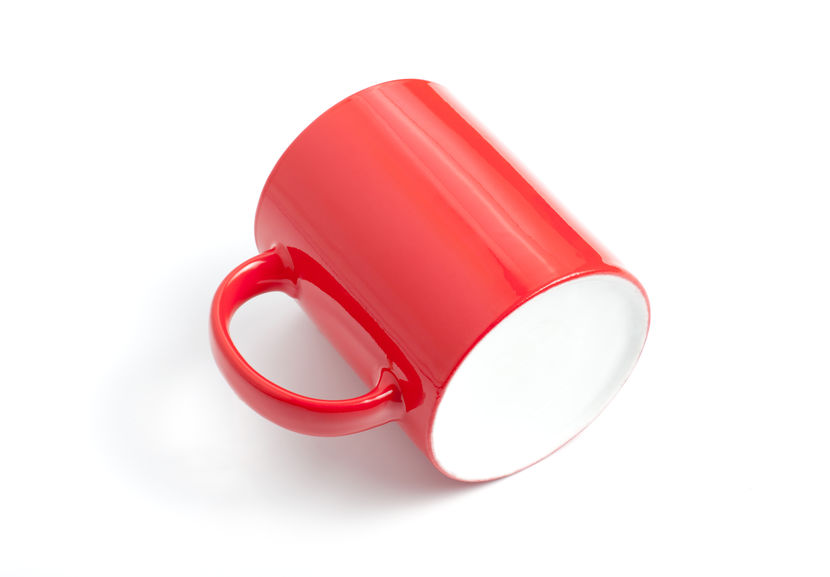Podcast: Play in new window | Download
How Dry Are Your Feet?
Tricks of the trade show: Dry Feet
Often times as potters we anthropomorphize pots… talk about them as those they have human characteristics. Refer to their lips, shoulders, bellies… give them names, tell them they are cute, haha… only slightly kidding about the last two… but we do this, and it’s common shop lingo. One important part of any fired piece is the base or the bottom. This is commonly designated as the foot of a piece.
Why is this part So important you might ask???
It’s the foundation of object you’ve created.
It’s the pedestal to your artwork
It’s the contact your piece makes to the future owners’ world.
And it’s the only buffer between your piece and the kiln shelve
What should a dry foot look like?
The materials, the piece, and it function will help answer those questions.
Material- if you glaze tends to run a bit, you might need a larger foot. Also using different clays can affect your glaze so don’t assume they will act the same if you haven’t tested. Porcelain’s can cause some running issues, so always test.
Based on how large the piece you might need a larger foot or if a piece is small, you can get away with something less invasive.
Sometimes the function can merit different style of feet… there are those that follow the form, and those that act as pedestals to prop the piece up. You can also make decorative feet, keep in mind it is still part of you piece, so how can you either incorporate I to your design or set it apart to visually enhance your work.
We recommend your foot be at least a quarter of an inch to a half an inch for stable glazes, but always test
What are some skills or tricks to get a dry foot?
Simple… if you are painting a glaze on,
Paint to a line. Graphite typically fires off so setting up lines can be helpful. Remember your clay body will be bare, and dry… so if this line isn’t straight, visually it will have some issues. This is also why we recommend trimming a foot into your piece, you won’t have to do that guess work after. Trimming also help with compression and making a smooth finish for any functional wears that will be in contact with the future owners, table tops and counters.
Besides painting up to a line, you can dip your piece into a glaze up to a certain point. This would work if your foot allowed you a nice tight grip.
Hands- make a foot grip-able enough to hold
Wax-
Hot wax, cold wax -a little bit of food coloring to help with seeing it.
Water
Carpet
Rubber band
Sent from my iPhone



